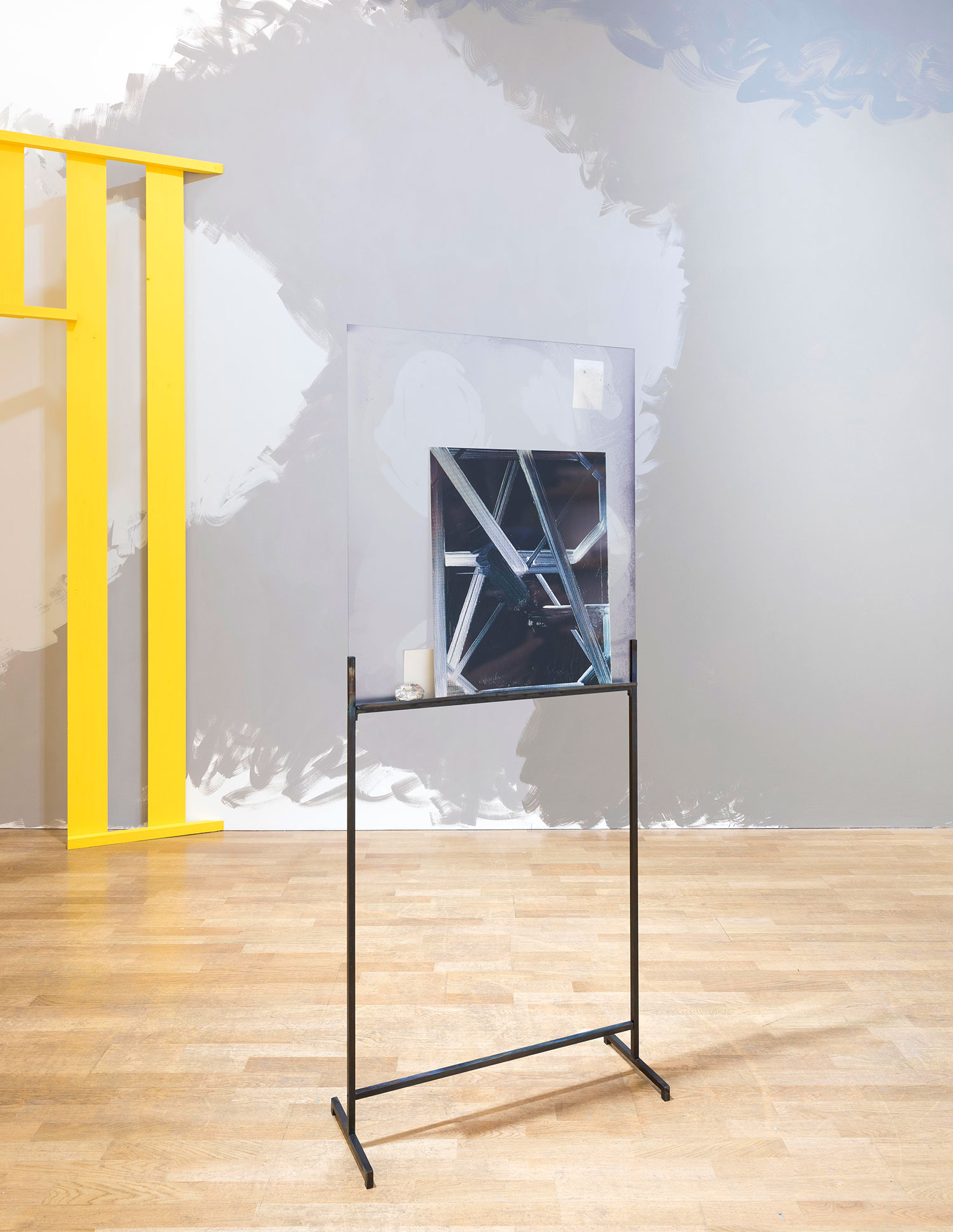Matt Paweski’s small-scale sculptures provide many details to be drawn into. The title makes reference to plaques, corners, windows, screens and half arches; the pared-down list of materials includes only Euro-Beech hardwood, steel, copper rivets, enamel and wax. With a concentrated set of ingredients and references, the works speak of a relationship to furniture. They are parts of a detailed glossary, a technical language employed toward an examination and experience of making.
There are two very nice pieces of writing — a text by Evan Holloway and an interview with Ricky Swallow. Their evaluation of Matt’s work is perceptive. Holloway is enthralled by technical details and flourishes, the possibility for mistakes (though I see none). Swallow talks eloquently about artistic references such as Donald Judd, the Chicago Imagists such as Jim Nutt, or Vienna Werkstatte Secession practitioners Koloman Moser and Dagobert Peche, as well as a very precise workshop mentality. Paweski looks at very tightly conceived and displayed works by practitioners from across a century, and from the painterly to the Gesamtkunstwerk of interior design. I’m tickled by a recurring reference to a “Fontana cut,” or to the punctuation marks created by the bare “corner” works. I also want to mention plinths. Here is the real furniture in the room, extremely well designed. Swallow discusses this: the narrowness, the generous “kick” shadow bases. They’re very likeable.
Furniture is the most common and largest form of sculpture that we live with in our homes. But I see Paweski obscuring the essential furnitureness of the materials, and using them sculpturally both as an investigation and a canvas for aesthetic experimentation. Somehow they float in a new gauge — like architectural maquettes — because of the reductions in both scale and function. I wonder if the display in such a clean showroom, the very balanced minimal gallery display of like-sized objects (none more than 121 cm in height), tends to remove references to use value and wider concerns of furniture making. But I think they can sing: I yearn for a Magdalena Frimkess or a Peter Shire to be present, a piece of textile to be hung nearby. Matt’s relationship to the shop South Willard is interesting here: their layering of products, artworks and ceramics from a really vibrant community of practitioners in the LA area. I hope to see some declinicalization of display, in favor of making these neat objects crunch and buffer against some candid peer groups.


